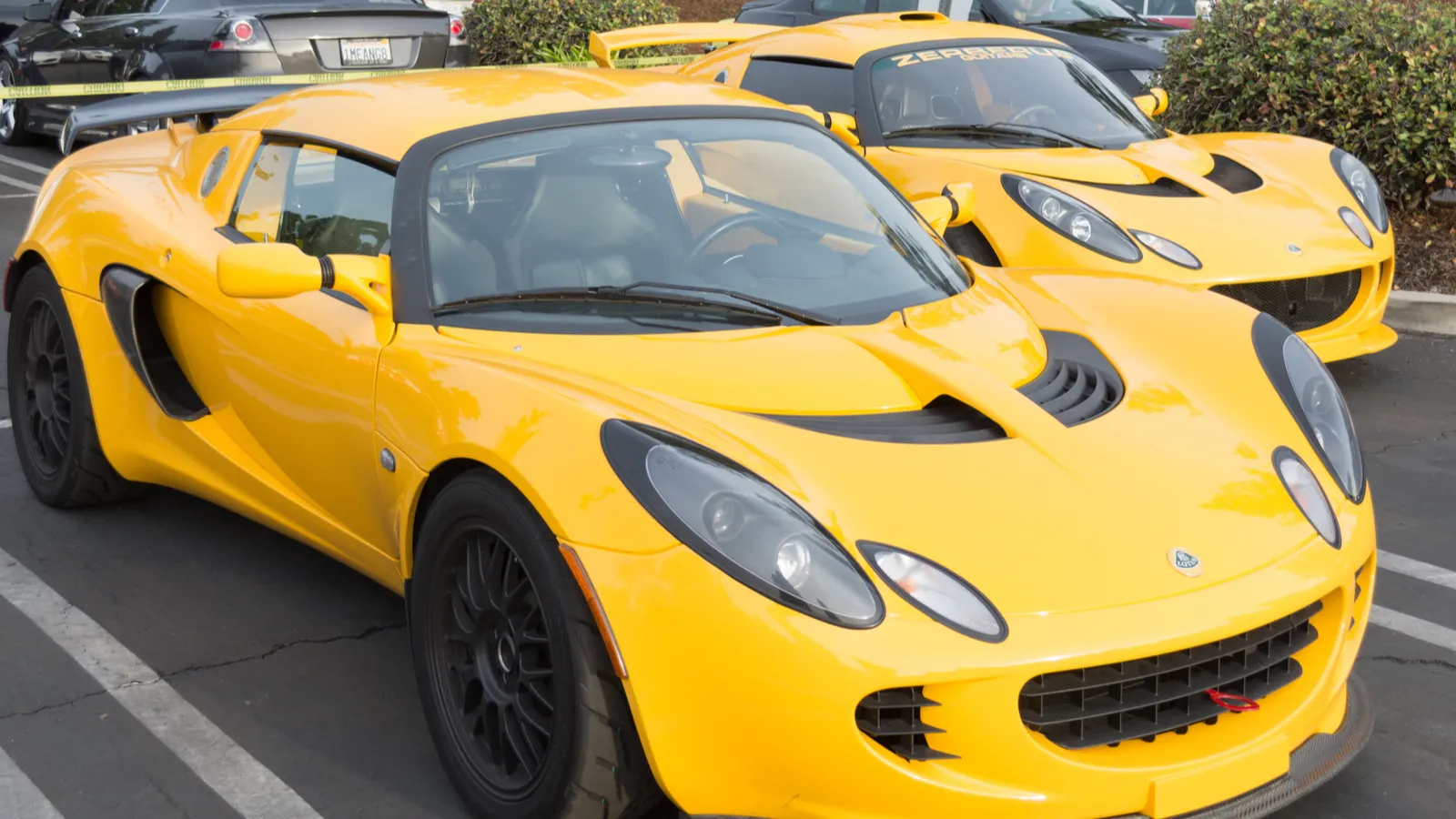
Lotus Elise Found Speed and Reliability in Toyota Power
In the early 2000s, Lotus changed boldly by replacing its aging Rover K-series engine with Toyota’s 1.8-liter 2ZZ-GE. This high-revving inline-four, also found in the Celica GT-S, offered a much-needed boost in performance and reliability. Its ability to scream past 8,000 RPM perfectly matched Lotus’ lightweight chassis.
Beyond pure performance, the switch allowed the Elise to comply with global emissions standards, a critical factor for re-entering key markets like the United States. The fusion of British handling precision and Japanese dependability turned the Elise into a modern icon, helping it become one of the most beloved driver’s cars of the early 21st century.
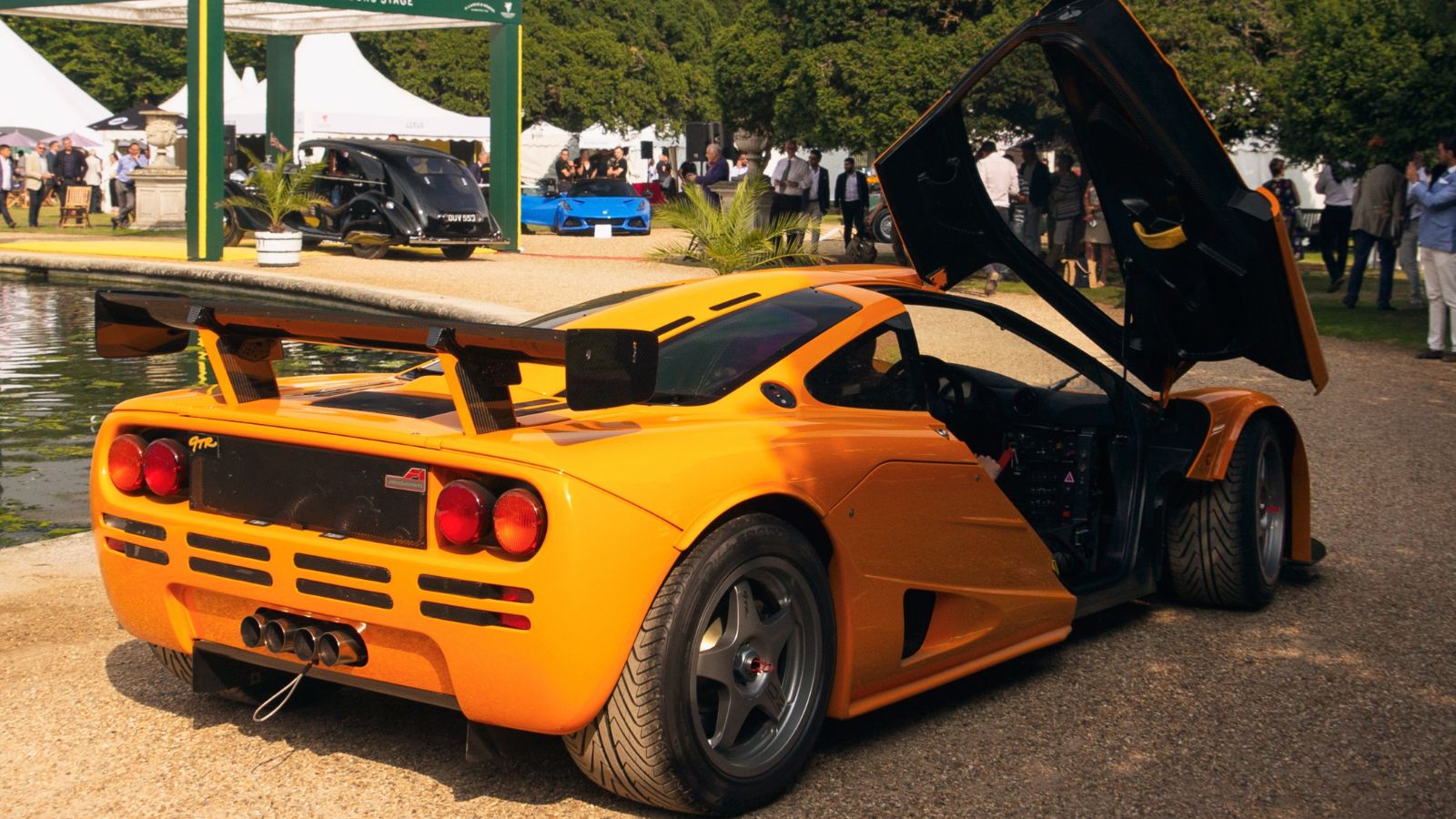
McLaren F1’s BMW V12 Was Built for Greatness
When McLaren set out to create the F1, they sought performance and perfection. They approached BMW’s M division to design an engine from scratch, resulting in the now-legendary S70/2 V12. Displacing 6.1 liters and producing over 600 horsepower, the engine was naturally aspirated, lightweight, and bursting with character.
It was engineered to McLaren’s exacting demands: no turbochargers, minimal electronics, and a soul-stirring exhaust note. This bespoke powerplant helped the McLaren F1 shatter speed records, becoming the world’s fastest production car in 1998. It wasn’t just fast, it was a mechanical masterpiece that elevated the F1 into automotive mythology.
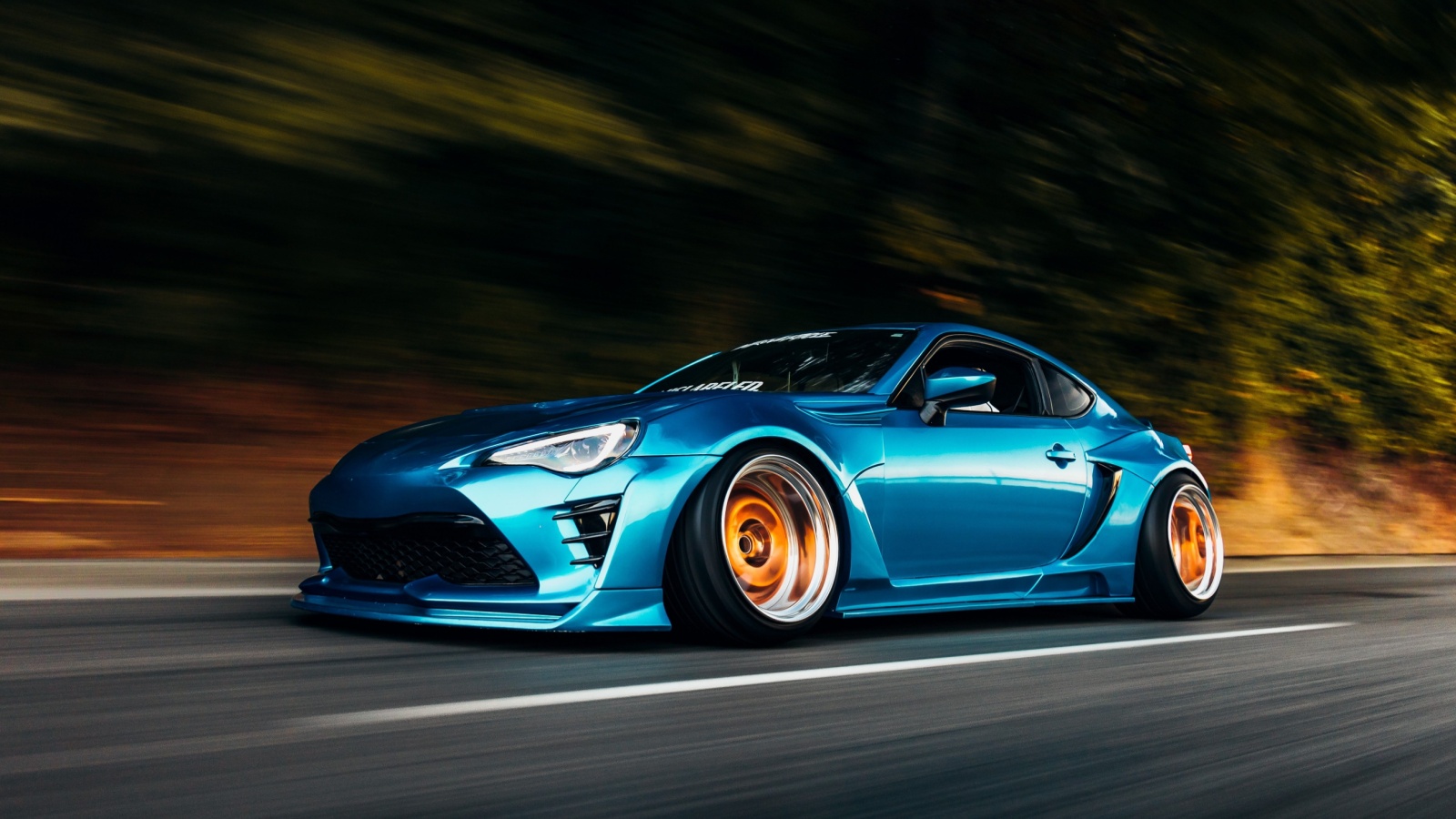
Toyota 86 and Subaru BRZ: A True Joint Effort
The Toyota 86 and Subaru BRZ aren’t just badge-engineered twins; they represent one of modern car history’s most successful joint ventures. Subaru provided the 2.0-liter flat-four boxer engine, known for its low center of gravity, while Toyota tuned the suspension and handling to perfection.
This collaboration birthed a sports car that felt balanced, playful, and communicative, exactly what driving purists crave. Both brands aimed to deliver an affordable, rear-wheel-drive coupe without unnecessary frills, and they succeeded. The cars became cult favorites for track days, drifting, and daily driving. Few vehicles have done more to democratize the sports car experience in recent years.
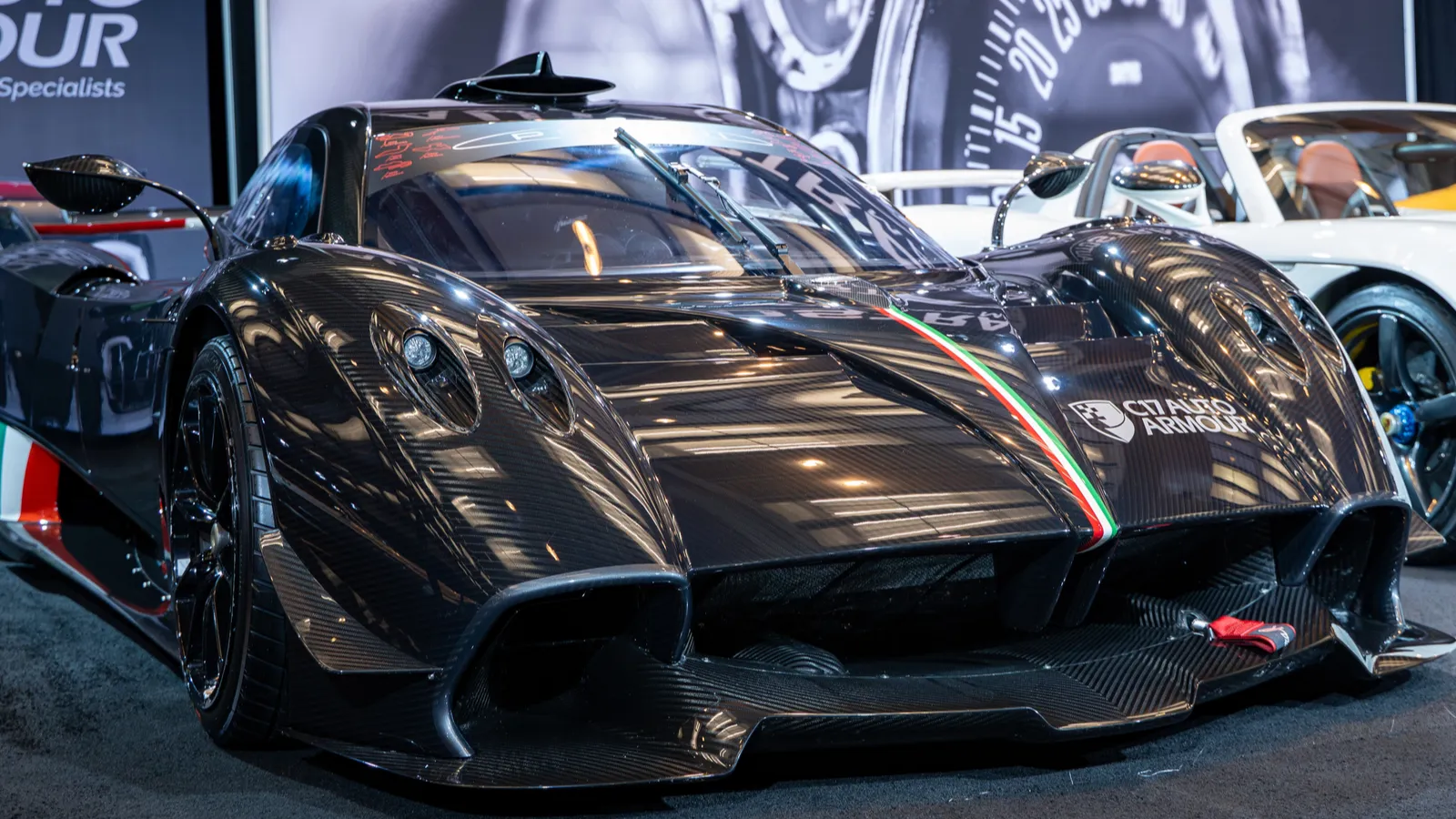
Pagani Huayra Roars With Mercedes-AMG Might
Pagani’s Huayra isn’t just about visual drama; it’s about mechanical excellence, too. The Italian hypercar uses a hand-built, twin-turbocharged V12 developed by Mercedes-AMG specifically for Pagani. Unlike mass-produced AMG engines, these units are tuned to Pagani’s precise specifications, offering brutal torque delivery and a savage, otherworldly sound.
The partnership began with the Zonda and has continued through the Huayra, cementing AMG’s role as Pagani’s exclusive engine supplier. This engine is more than just a power source; it’s a key ingredient in Pagani’s unique identity. It allows the Huayra to blend Italian design flair with German engineering muscle in a way few competitors can match.
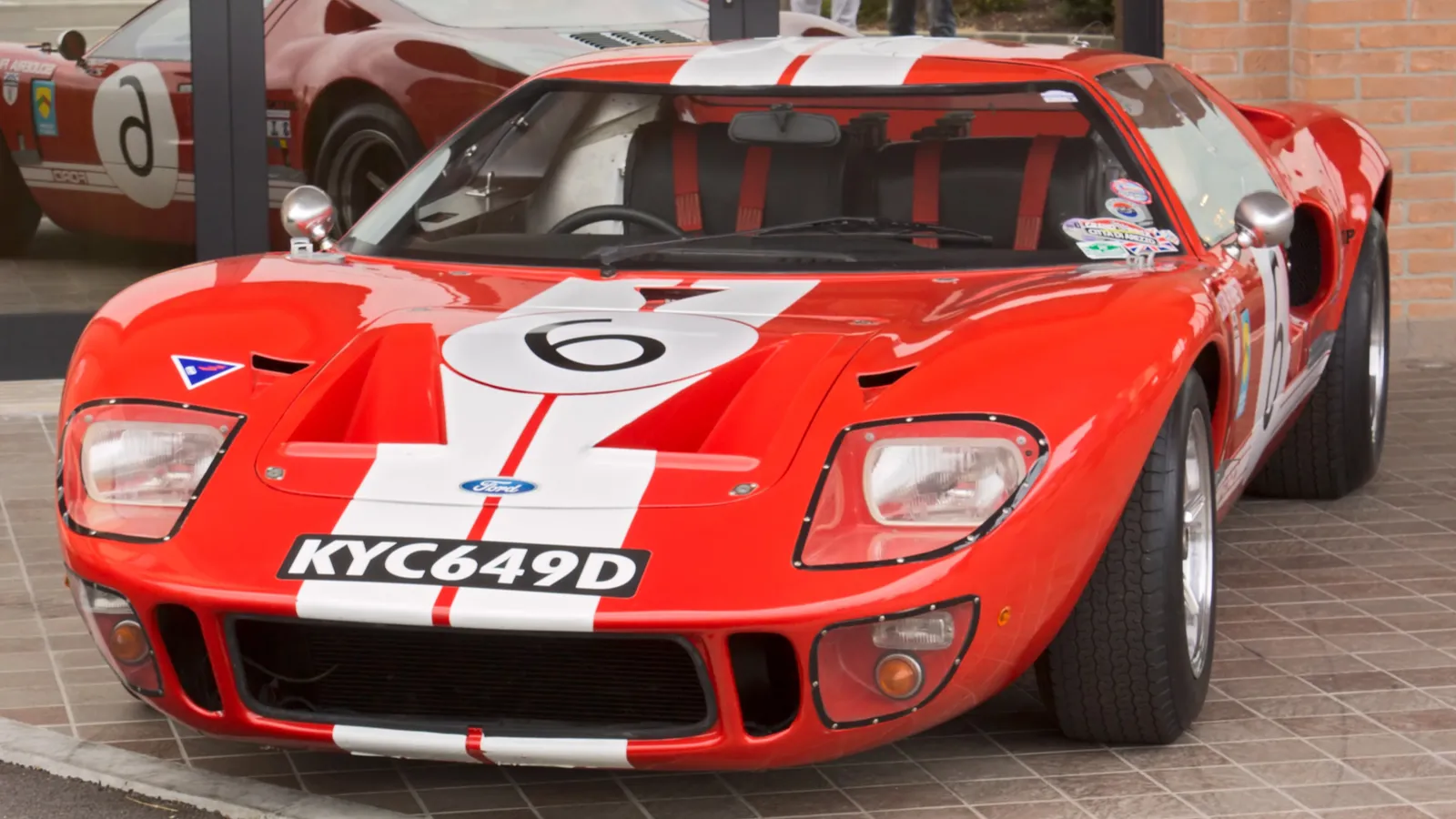
Ford GT Turned a Truck Engine Into Supercar Gold
The 2005–2006 Ford GT was more than just a nostalgic tribute to the GT40. It was a modern supercar. Underneath its sleek retro body sat a supercharged 5.4-liter V8 derived from Ford’s truck platform. Though that origin might seem humble, the engine was heavily reworked by Ford’s SVT division to produce over 500 horsepower.
It provided immense straight-line speed and legendary durability, making it a favorite among tuners. A truck-based engine kept development costs down while ensuring reliability and torque-rich performance. Ultimately, this “blue-collar” powerhouse helped the Ford GT punch far above its weight class.
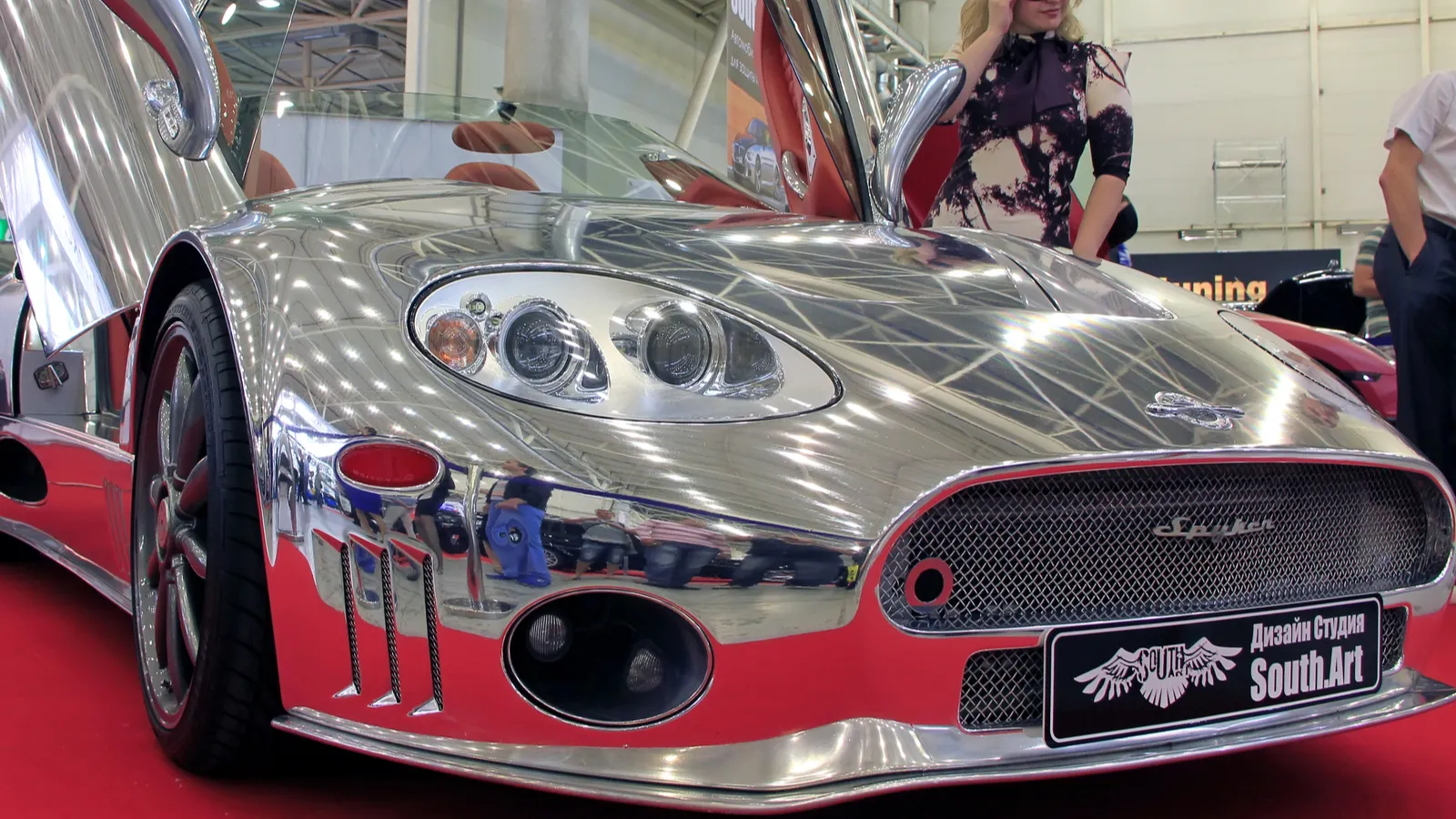
Spyker C8 Hid Audi Power Beneath Exotic Design
Spyker, the Dutch sports car maker known for its ornate and aviation-inspired styling, turned to Audi to power its C8 supercar. Beneath the hand-crafted aluminum bodywork sat a 4.2-liter naturally aspirated V8—the same engine used in many high-performance Audis of the era.
This choice gave the C8 a reliable and proven drivetrain, allowing Spyker to focus on aesthetics and uniqueness. The C8’s exposed gear linkage, quilted leather interior, and steampunk vibes made it stand out at any auto show, while the Audi engine delivered smooth, accessible performance. It was a boutique car with an everyday heart, making it both exotic and usable.
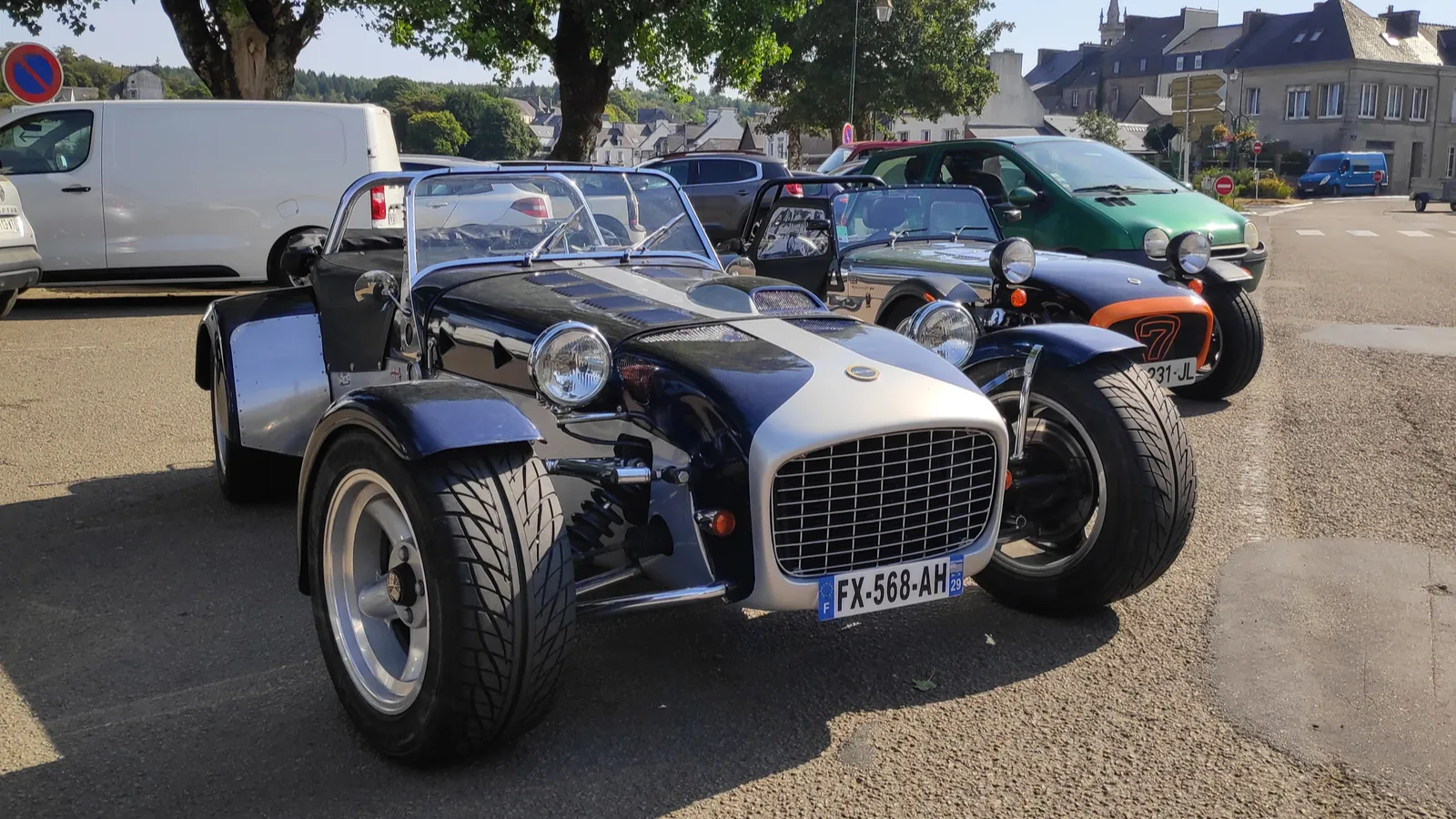
Caterham Seven: The Modular Track Toy
The Caterham Seven is one of the most customizable sports cars ever built. Its lineage traces back to the Lotus Seven, and over the years, it has used powerplants from Rover, Ford, Suzuki, and more. Modern versions often feature Ford’s Sigma or Duratec inline-fours, while performance variants can be optioned with supercharged units for track-day supremacy.
This modular approach lets buyers choose everything from mild to wild, creating a car that’s perfectly tailored to their needs. With its ultra-lightweight chassis and minimal driver aids, the Seven delivers a raw, unfiltered driving experience. It’s a purist’s dream machine, whether street cruising or tearing up corners.

Aston Martin DB7 Rejuvenated with Jaguar DNA
The DB7 was a crucial model for Aston Martin, reviving the brand when its future was uncertain. Its underpinnings were derived mainly from Jaguar, including the 3.2-liter supercharged inline-six engine. Later versions moved to a Jaguar-based 6.0-liter V12 during Ford’s ownership of both brands.
Despite criticisms about parts sharing, the DB7 combined timeless Aston styling with proven Jaguar performance. It was elegant, faster, and affordable than Aston’s past offerings, helping the brand reach a wider audience. The DB7 paved the way for Aston’s modern lineup and marked the beginning of a new era of success for the storied British marque.
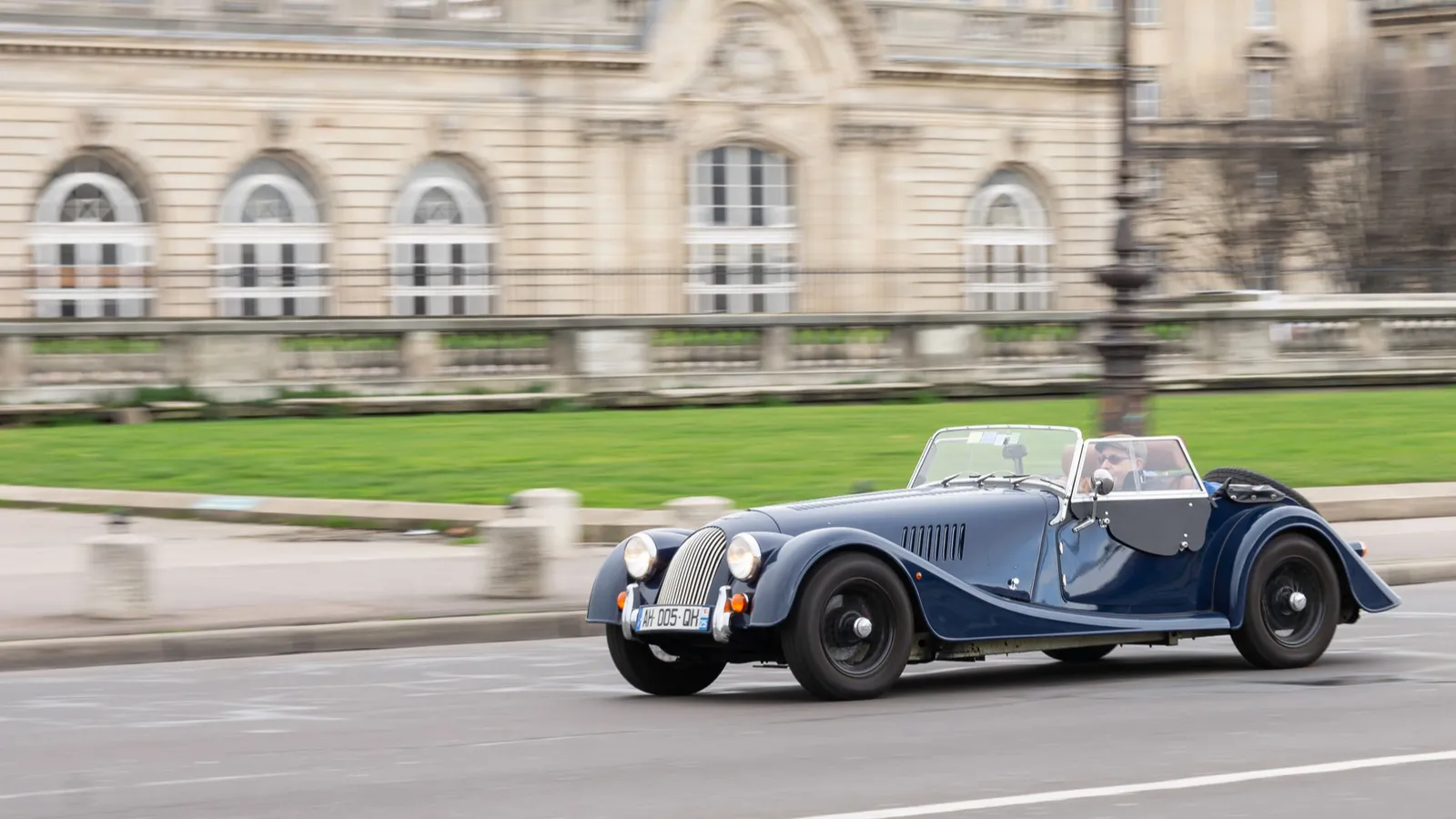
Morgan Plus Six Mixes Classic Looks with BMW Brains
Morgan’s Plus Six perfectly blends retro design and modern performance. While it maintains the brand’s signature wooden frame and classic silhouette, under the hood lies BMW’s turbocharged 3.0-liter B58 inline-six engine.
This is the same powerplant found in the current Toyota Supra and BMW Z4, making it one of the most refined and tunable engines on the market. The lightweight construction and a high-tech drivetrain give the Plus Six impressive acceleration and responsiveness. It may look like a vintage roadster, but its thoroughly 21st-century performance proves that heritage and innovation coexist beautifully.
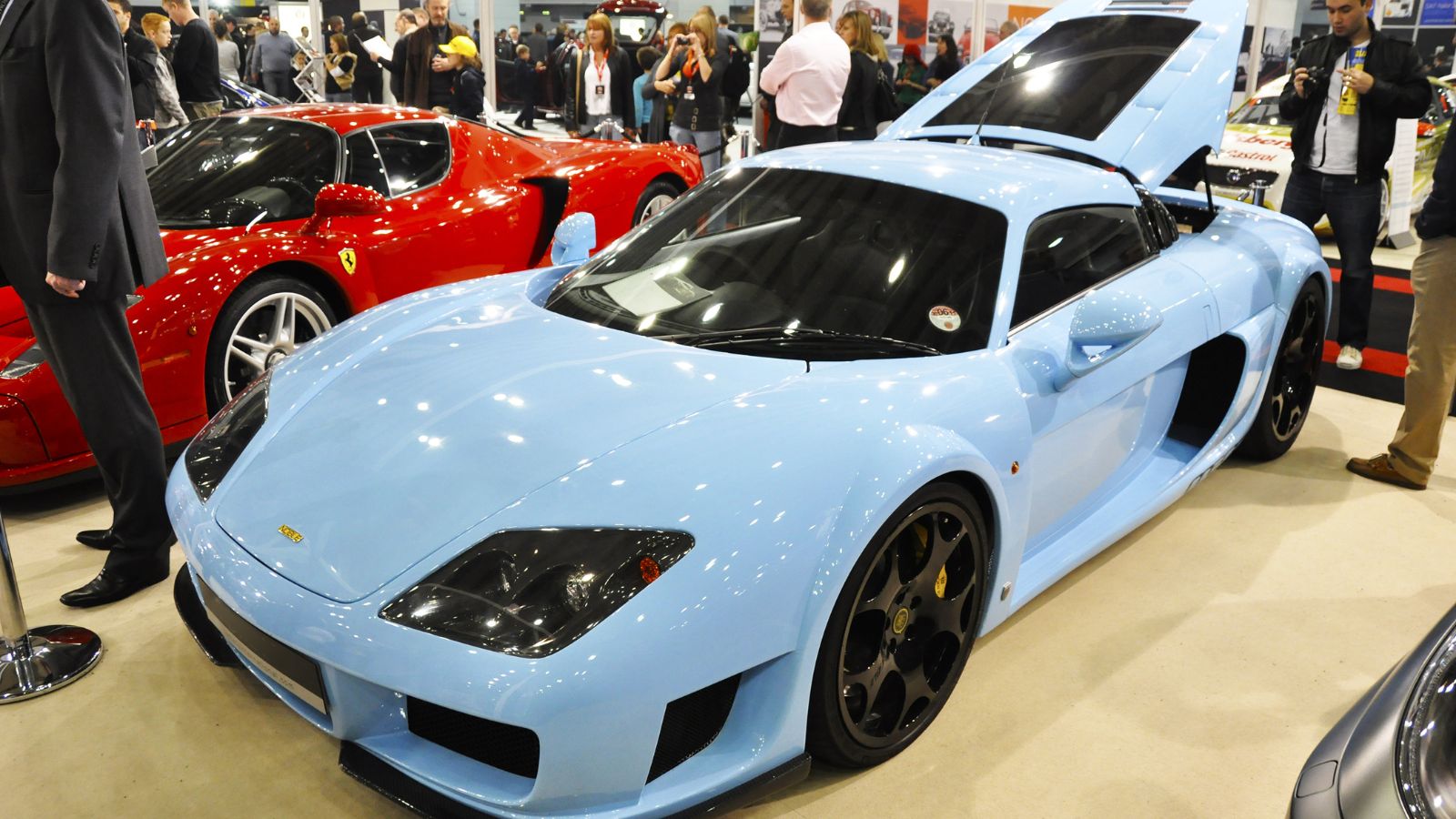
Noble M600: Raw Power From a Yamaha-Enhanced Volvo V8
The Noble M600 is an outlier in the supercar world, intentionally analog and terrifyingly fast. Power comes from a 4.4-liter V8 based on a Volvo block but extensively modified by Yamaha, who added twin turbochargers and upped the power output to 650 horsepower.
There are no traction aids, stability control, and minimal electronics, just pure, undiluted driving. This engine choice was unconventional but brilliant, delivering brutal acceleration with a soundtrack to match. The M600’s lightweight construction and sharp handling made it a track weapon for serious drivers. In a world moving toward automation, Noble built a machine for purists.
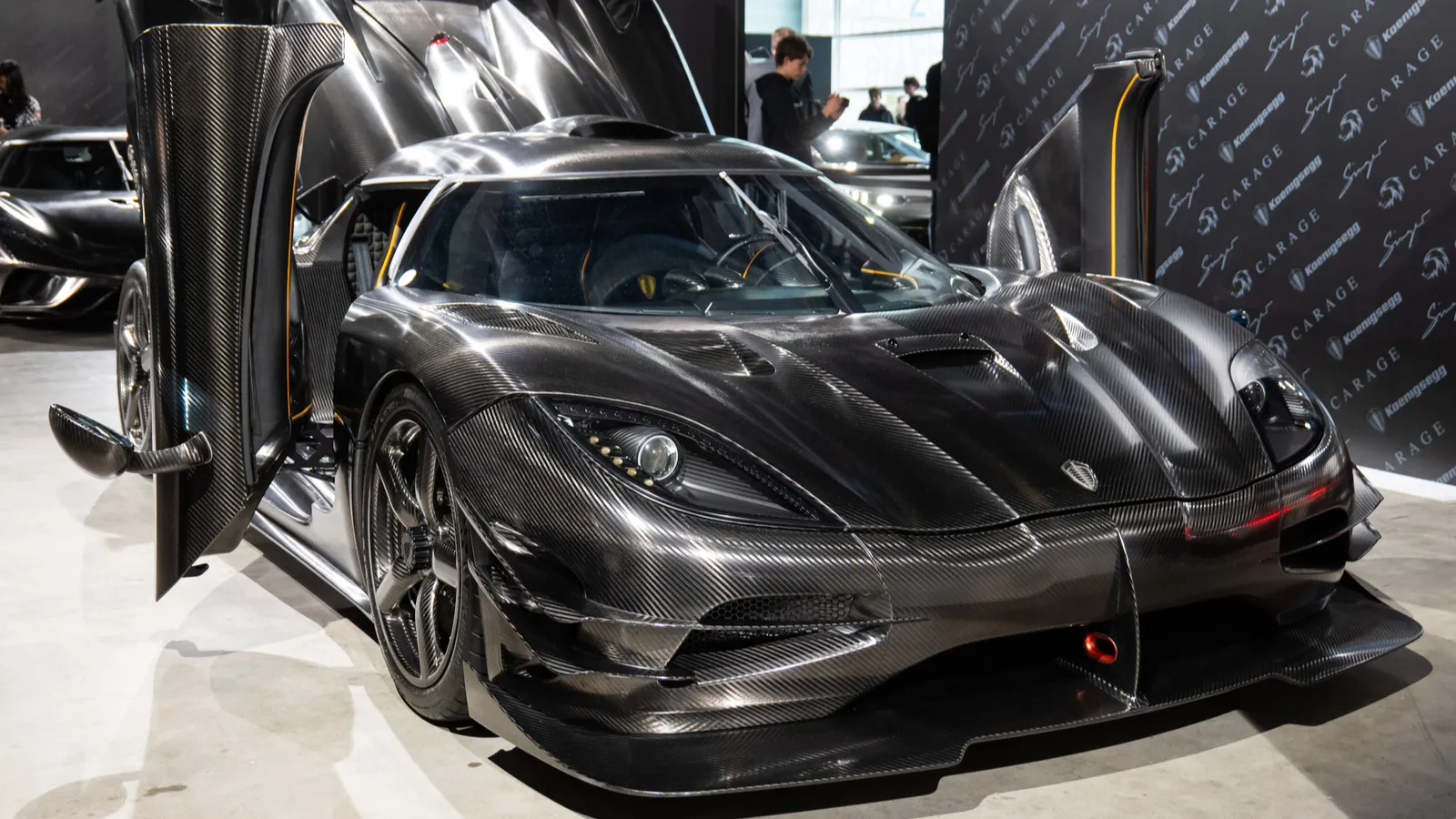
Koenigsegg’s Debut Hypercar Used a Ford V8 Base
Before Koenigsegg became known for its revolutionary in-house engines, its first hypercar, the CC8S, relied on a heavily modified 4.6-liter Ford Modular V8. Despite its humble beginnings, the engine was tuned to produce over 600 horsepower, helping the CC8S set a Guinness World Record for most powerful production engine at the time.
Koenigsegg re-engineered the block and internals to meet its demanding performance standards. The success of the CC8S laid the foundation for Koenigsegg’s future innovations, including their current record-breaking powertrains. It proved that even a boutique automaker could start small and think big.

Saab 9-2X: The “Saabaru” With Subaru Bones
The Saab 9-2X was a short-lived but intriguing product of General Motors’ shared ownership of Saab and Subaru in the early 2000s. Essentially a rebadged Subaru Impreza wagon, the 9-2X featured the same 2.0-liter turbocharged boxer engine and symmetrical all-wheel drive.
Saab made subtle changes to the suspension for a more refined ride and added a quieter, more upscale interior. While diehard Saab fans were divided, the 9-2X offered quirky charm with proven Subaru performance. Nicknamed the “Saabaru,” it has since become a cult favorite among enthusiasts who appreciate its uniqueness and practicality, a genuine oddball from a strange automotive era.
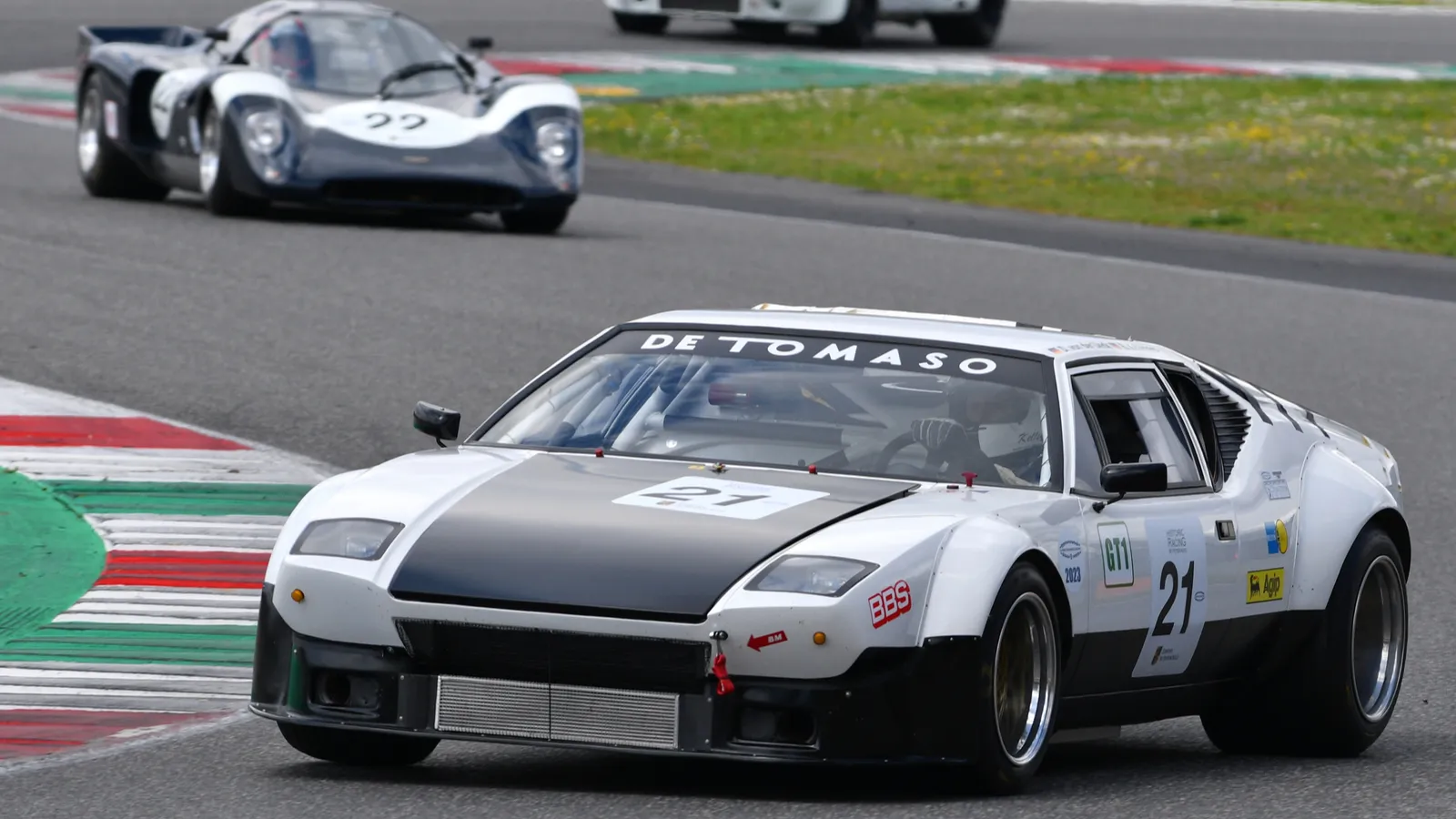
De Tomaso Pantera: Blended Italian Style with American Power
The De Tomaso Pantera struck a rare balance between exotic design and accessible performance. Styled in Italy but powered by a Ford 351 Cleveland V8, the Pantera delivered muscle car torque with European flair.
The 5.8-liter engine was reliable, easy to service, and produced thunderous power, making the Pantera faster and cheaper to maintain than many of its exotic peers. Sold through Lincoln-Mercury
